Deputy Prime Minister Nguyen Hoa Binh , Deputy Head of the Central Steering Committee for the review of Resolution No. 18-NQ/TW, signed and issued Plan No. 130/KH-BCĐTKNQ18 on the restructuring of public service units, state-owned enterprises and organizations in the state administrative system. In particular, the health sector, especially primary health care and preventive medicine, is one of the key areas that need to be prioritized for improvement.
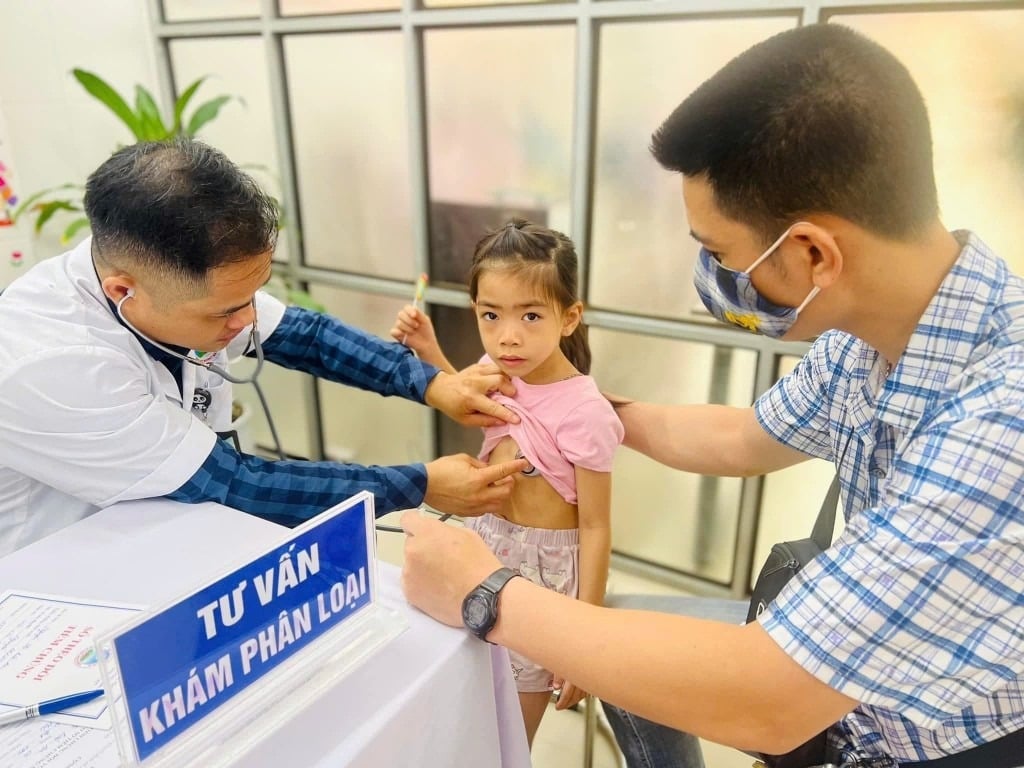 |
The Ministry of Health aims that by 2030, each commune health station will have enough doctors according to assigned functions and tasks. |
According to the plan, commune, ward and special zone health stations will be newly established under the model of being under the People's Committee of the commune level, inheriting and upgrading from the current health stations. These units will operate under the model of public service units, with the function of providing disease prevention services, primary health care, basic medical examination and treatment and essential social care for local people.
At the same time, the Ministry of Health will continue to reorganize the central hospital system, in which a number of hospitals under the ministry will be transferred to provincial management.
The Ministry will focus on operating specialized, high-tech and leading hospitals, which carry out tasks such as professional guidance, training high-quality human resources, scientific research, technology transfer, coordinating disease prevention and response to emergency medical events.
At the district level, the former medical centers and general hospitals will be brought under the Department of Health, thereby forming a network of medical examination and treatment according to the inter-commune and inter-ward model, contributing to optimizing resources and improving the quality of service to the people.
A particular highlight of the plan is the enhancement of preventive medicine capacity in a modern direction. This system is expected to be capable of monitoring, early warning and timely control of epidemics, as well as proactively deploying remote prevention and control measures.
Along with that, the Expanded Immunization Program continues to be expanded in both scale and target population, ensuring widespread and sustainable vaccine coverage, contributing to effective control of infectious diseases in the community.
To effectively implement the above contents, the Central Steering Committee requests the People's Committees of provinces and centrally-run cities to proactively develop plans to arrange public service units within their management scope, in accordance with the orientation in Official Dispatch No. 59-CV/BCĐ and instructions of relevant ministries and branches. These plans must be sent to the Ministry of Home Affairs for synthesis before September 25, 2025.
Similarly, ministries, ministerial-level agencies and government agencies are also assigned the task of developing arrangement plans within their authority, ensuring consistency and unity with the general innovation spirit of the political system.
It is known that to ensure medical human resources for the facility, the Ministry of Health sets a goal that from now until 2030, each commune health station will have enough doctors according to assigned functions and tasks.
During the 2025-2030 period, localities will mobilize at least 1,000 doctors to commune-level health care each year. It is expected that by 2027, each health station will have 4-5 doctors, gradually overcoming the long-standing shortage of human resources at the grassroots health care level.
Experts say the policy of increasing preferential allowances up to 100% in disadvantaged areas or in special fields has just been regulated as a timely solution in the context of many medical staff quitting their jobs or transferring from the grassroots level due to high work pressure, low income, and difficult working conditions.
When the lives of health workers are improved, the working environment is stable and there are opportunities for development, they will feel secure in sticking with their jobs for a long time, thereby contributing to improving the quality of primary health care for the people.
Source: https://baodautu.vn/quy-dinh-ve-mo-hinh-to-chuc-hoat-dong-cua-cac-tram-y-te-xa-d391457.html




![[Photo] Prime Minister Pham Minh Chinh chairs the 15th meeting of the Central Emulation and Reward Council](/_next/image?url=https%3A%2F%2Fvphoto.vietnam.vn%2Fthumb%2F1200x675%2Fvietnam%2Fresource%2FIMAGE%2F2025%2F11%2F27%2F1764245150205_dsc-1922-jpg.webp&w=3840&q=75)



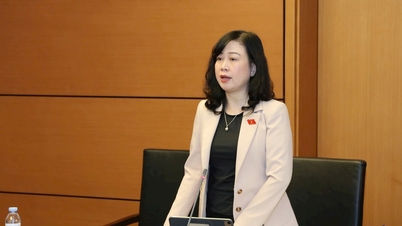

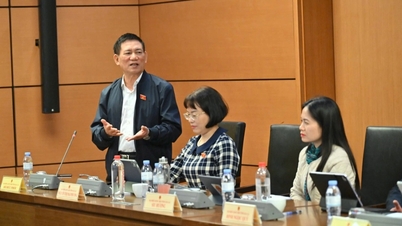



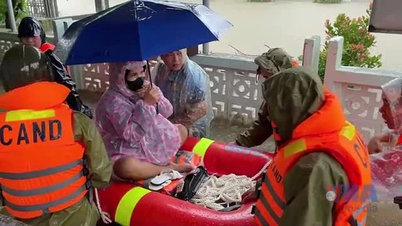





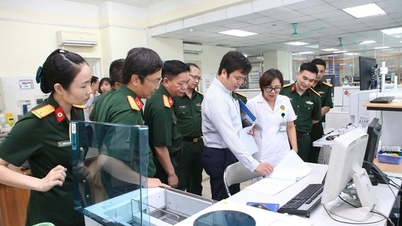

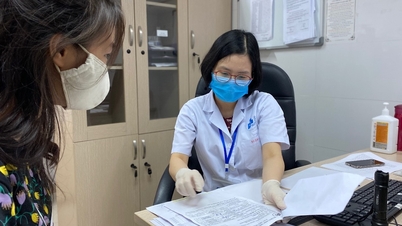
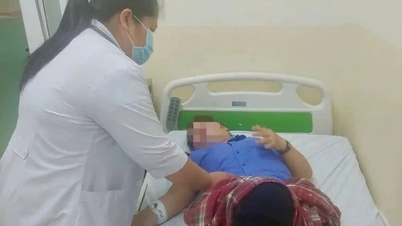
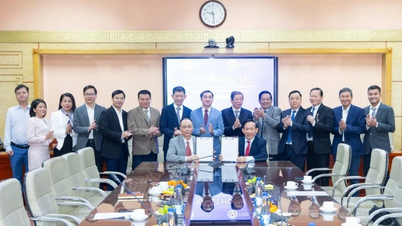









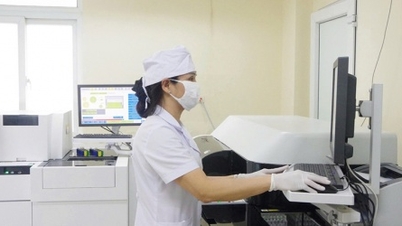


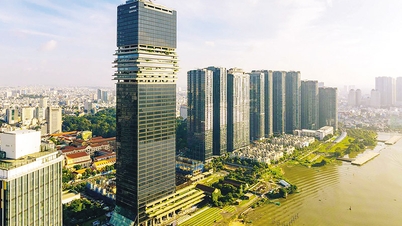
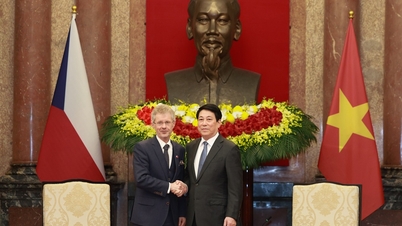
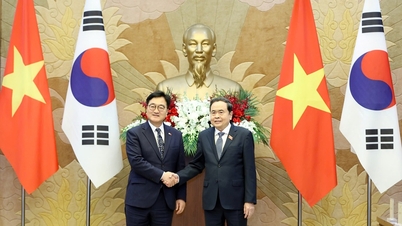


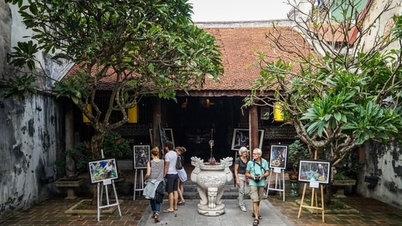

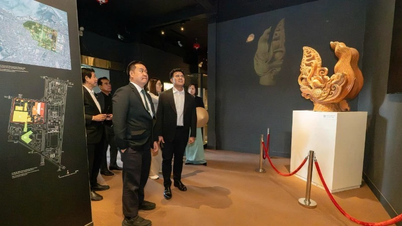



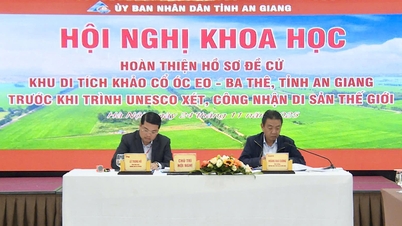







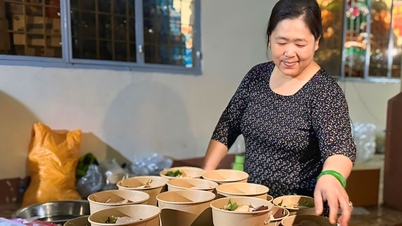



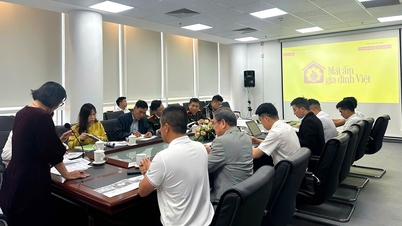



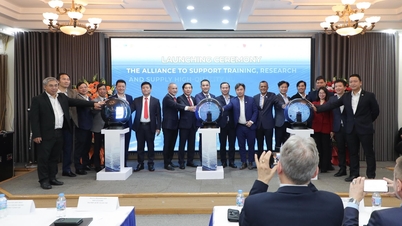

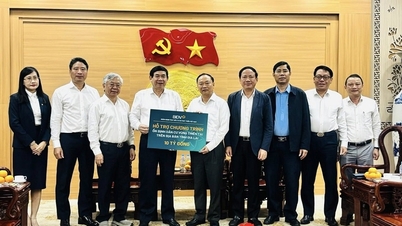

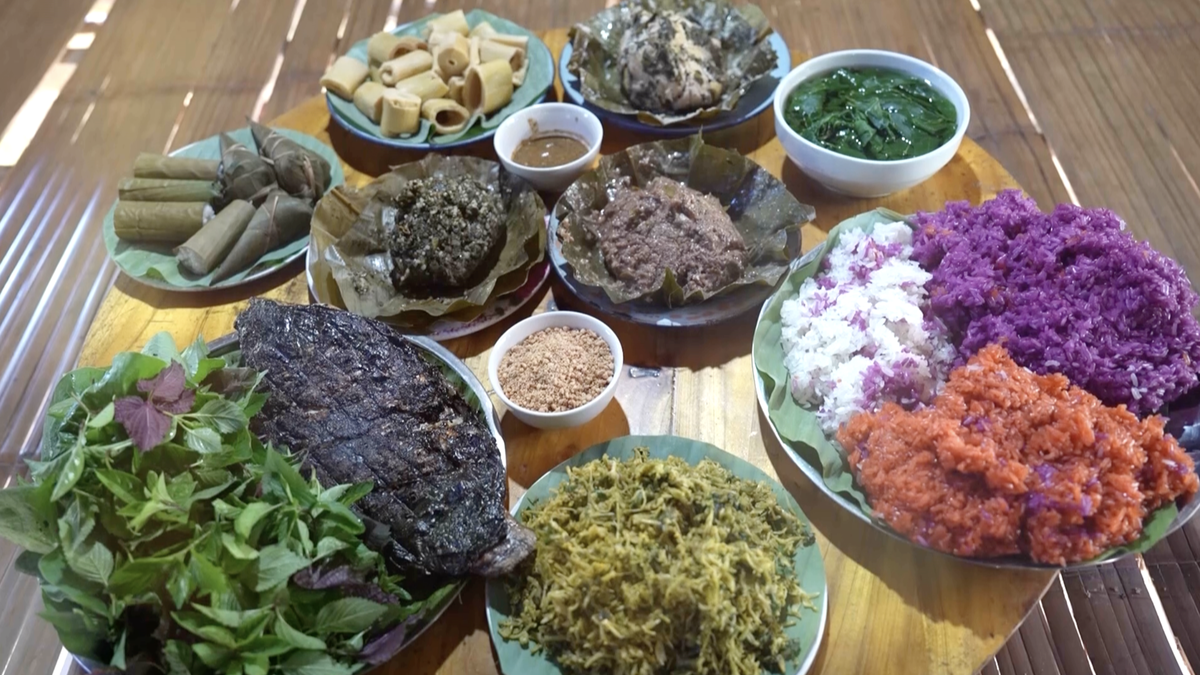






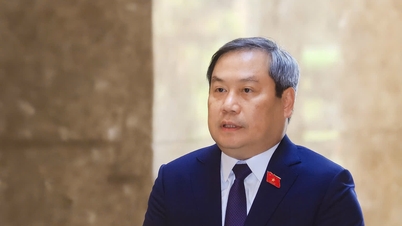



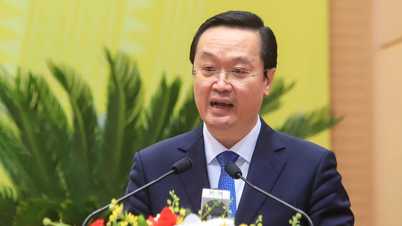
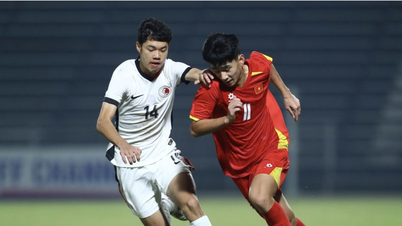

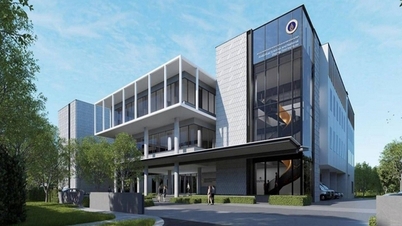

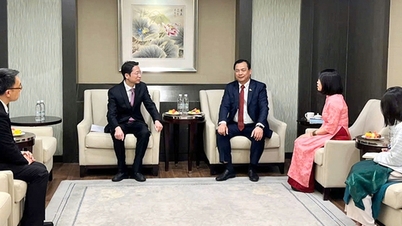
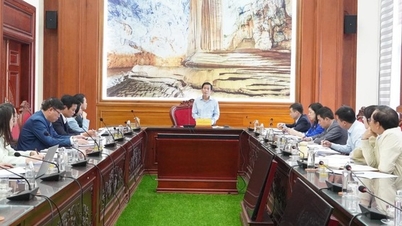
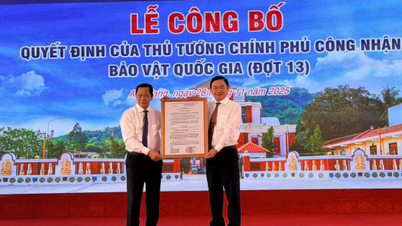


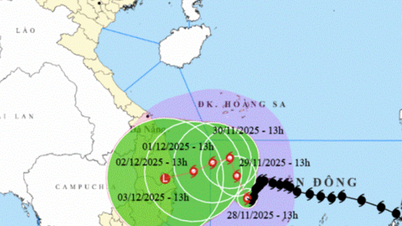

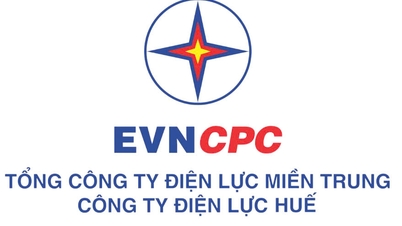

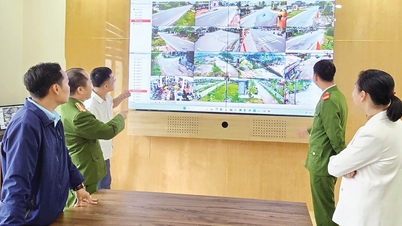
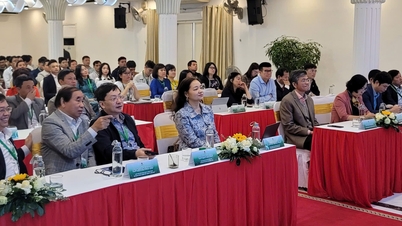
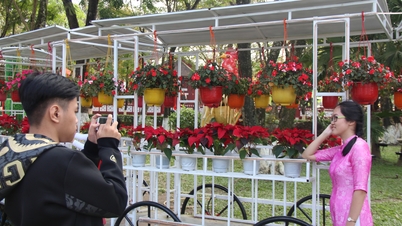
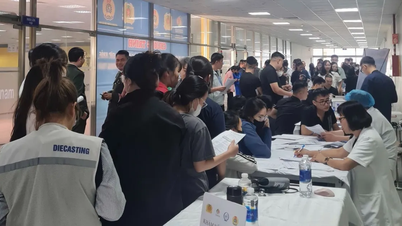












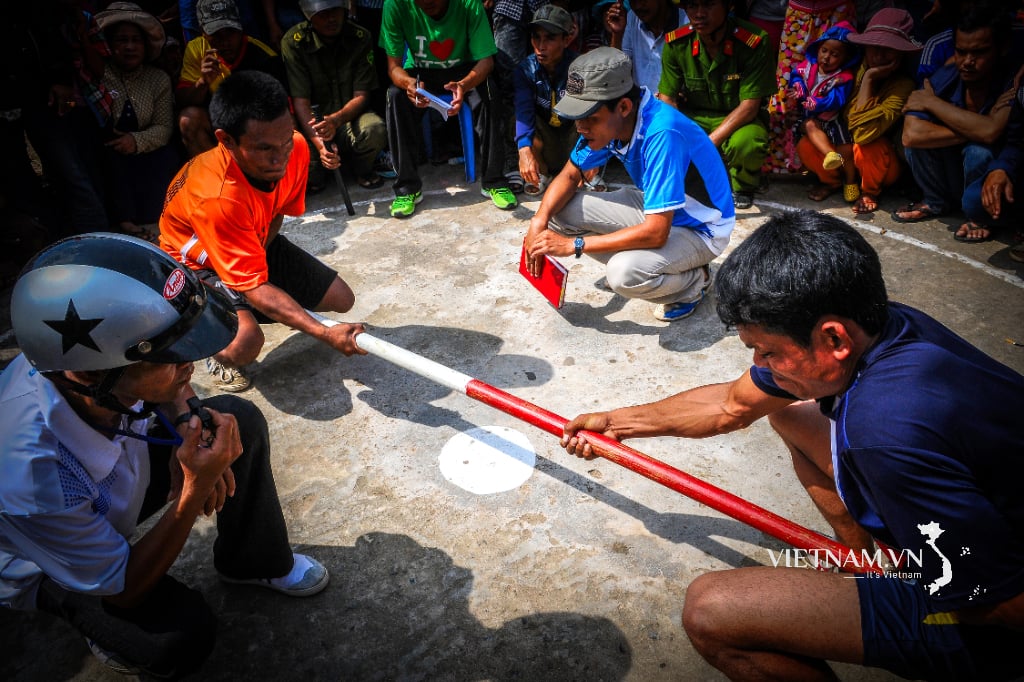
Comment (0)